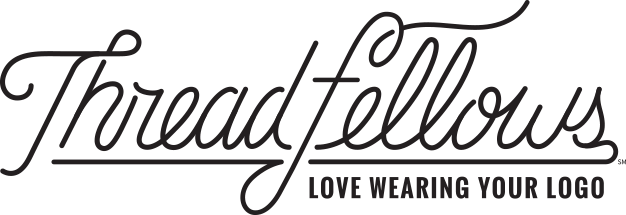According to Forbes, companies that scored in the top 20 percent for building a “recognition-rich culture” actually had 31 percent lower voluntary turnover rates. This statistic is significant, saving companies millions in recruitment, training and productivity costs. It also speaks volumes to the importance of employee recognition. It’s simple, employees who feel appreciated and thanked frequently are happier, more productive and stay longer.
However, building that culture is not a simple task. Employee reward programs, whether they are for the length of service, performance, or peer-to-peer recognition, take time to research and build. But don’t let that discourage you. We’ve put together a guide with our top six tips for creating an effective, sustainable employee rewards programs.
1. HOW DO I KNOW WHAT THEY WANT?
One of the things program managers struggle with is finding the perfect items to reward their employees with. Choosing an item that may not get a lot of use or may not be to everyone’s liking is a common concern. The last thing you want is to spend time, effort and dollars on a program that falls short and is not perceived as valuable. Many companies opt for a variety of high-quality apparel items, due to their longevity and practicality. Apparel or accessories bearing your logo are often a good choice, as long as you present your team with high-quality options to accommodate different tastes. Apparel is a long-lasting reminder of their achievement. Choosing a high-quality item ensures your expenditure retains its value over time. Plus, this means your top team members are marketing for your company simply by wearing the logo on a quality garment both inside and outside of the office.
2. RECOGNIZE PEOPLE BASED ON SPECIFIC RESULTS AND BEHAVIORS
A general “employee of the month” award gets tired fast and is too general to be meaningful. Instead, recognize people for specific desired behaviors and for specific situations. For example, if an employee went above and beyond to meet a deadline, and overcame obstacles to get it done, that would be the perfect time for a reward. A specific reward promotes a “do the right thing” culture that keeps employees on track and motivated.
3. PEER-TO-PEER RECOGNITION IS MORE MEANINGFUL THAN TOP-DOWN RECOGNITION
Who knows better the nitty-gritty of what you’re working on and how much it takes to get it done than your peers? Top-down recognition is often seen as political and can lead to resentment from those quiet individuals who are high performers. Make sure your peer-to-peer plan crosses company borders and can be handed out to any department from any other department. This encourages cross-functional team cohesiveness and keeps everyone productive and responsive to their internal customers. An essential part of a successful employee rewards program is making sure that the employee isn’t the only person who knows about it. A good tip is to keep employee awards public. This can be done by announcing rewards in internal company communications, such as email or a companywide meetings or newsletters.
4. MAKE IT EASY AND FREQUENT
Programs don’t have to be complicated or expensive to be frequent and effective. Think of handing out “employee bucks” toward a larger prize, like a quality fleece jacket or bag with the company logo. This way everyone can “save up” for something they really want. Programs that are too complicated or take too long to get a reward are not as motivating. Have you ever heard of anyone staying ten years at a company just to get a thank you pin or watch? Probably not.
5. TIE THE PROGRAM TO YOUR COMPANY GOALS OR VALUES
The value statements and goals of your company are easily reinforced if they tie to your rewards program. Corporate value statements can often be perceived as hollow words if they are not inserted as part of the culture in practical ways. With rewards that tie directly to your company values, teams can see how what they do contributes toward business goals, as well as giving the company values more meaning.
6. USE YOUR PROGRAM TO PROMOTE YOUR BRAND
Promoting your program “winners” isn’t just an internal thing. Showing the world that your company has a recognition-rich culture helps with recruiting, branding and public relations. Using social channels, your blog, website and even encouraging word-of-mouth communication outside of the organization, show your brand in a positive light both internally and externally. People often make buying decisions based on the way a company treats their employees.
Creating an effective recognition program is the first step in creating a recognition-rich culture that will not only benefit your employees but your company’s brand and bottom line. Investing in items that are quality, classic and timeless will help keep everyone happy with their rewards. Following the steps outlined above will ensure a recognition program that is easy to implement and maintain, and have happy, motivated employees that readily participate.
